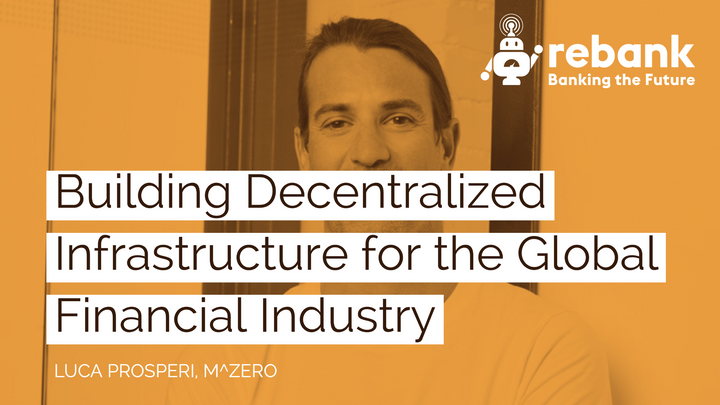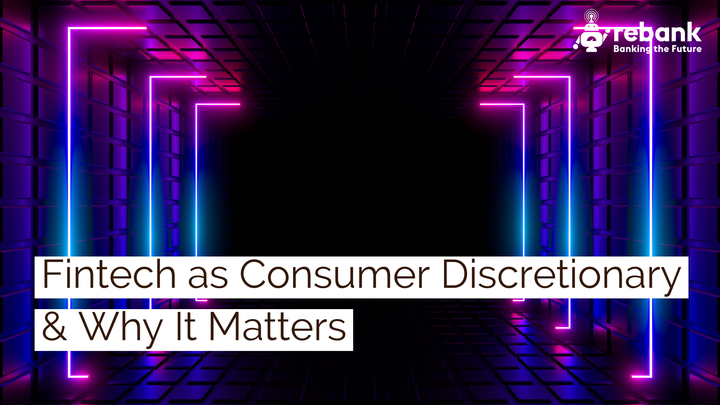The Next Big Thing in Alternative Lending

In the first digital automation paradigm, the one in which we currently live, technology has enabled companies to enhance profitability by reducing the cost of delivering their products and services. Self-service across travel, ticketing, fixed and mobile telephony, TV & internet, shopping, insurance, investments, banking and more have shifted the cost of distribution from business to customer.
When it comes to transacting for and supplying products and services, businesses reap most of the benefits of automation. Sure, the customer experience has improved due to the elimination of some inconveniences, like traveling to a bank branch or calling an airline to book a flight, but those improvements are largely a mere side effect of the steps taken by companies to reduce their cost bases.
The quickly approaching second digital automation paradigm will see technology move from being a servant of business interests to one of customer interests in the supply of goods and services.
The Second Digital Automation Paradigm
Instead of Amazon reaping the benefits of automation, as it currently does, by asking you to fill your own shopping cart and instruct payment and delivery, the next phase of automation will serve you, the customer, by reducing your time and energy expenditure. Instead of asking you to input an order, your smart refrigerator might liaise with Amazon to automatically deliver groceries right before you run out, saving you time, money and cognitive load.
What is the benefit to the customer of an automatically renewing mobile phone contract? Your iPhone might use your ApplePay account to purchase airtime as you use it from the cheapest provider in the marketplace.
To help you save, your bank might automatically sweep your excess cash into an interest bearing savings account while you’re not using it and back into your checking/current account only as and when you need it.
To help a small business manage cash flow, its accounting system might communicate directly with its bank to negotiate a two-day overdraft at a rate commensurate with its real-time financial position — without the financial director lifting a finger. Perhaps that two-day overdraft request will be put out to multiple banks via tender.
The Implications for SME Finance
The second digital automation paradigm will transform SME finance. Technology-enabled new entrant lenders with competitive cost structures will deliver fairly priced financing on the terms and in the form most suitable to SME customers. Automated just-in-time financing via accounting system interface, using the most cost-effective option available at the time (invoice discounting, overdraft, short-term loan, etc.), may replace manual cash flow management, imprecise financing decisions and phone calls to banks. The result will be less work and more savings for small business customers.
Amazon is successful and beloved because its business model is aligned to customer interests, not in conflict with them. Currently, banks and lenders profit most when borrowers slip, triggering rising interest rates, fees, and penalty charges. With the temptation inherent in this conflict of interest, it’s no surprise that customers don’t love their banks.
The current breed of alternative lending platforms for SMEs still operate within the first digital automation paradigm. Self-service loan applications and automated credit scoring benefit lenders more than borrowers. Due to the imprecise nature of current automated credit scoring models, interest rates are inflated for all borrowers to cover resulting credit losses. Worse, certain borrowers, whose businesses do not lend themselves to automated credit scoring, may be cut off from financing completely.
Alternative lenders are praised for “disintermediating” banks, but is that really the goal? Without a doubt, many alternative lenders have created new pools of loan capital to support businesses and drive economies, but the prevailing business model remains antiquated and self-serving.
New business models will have a fundamentally different structure and premise, and thankfully, they’re already in development.
The Second Digital Automation Paradigm is coming.


